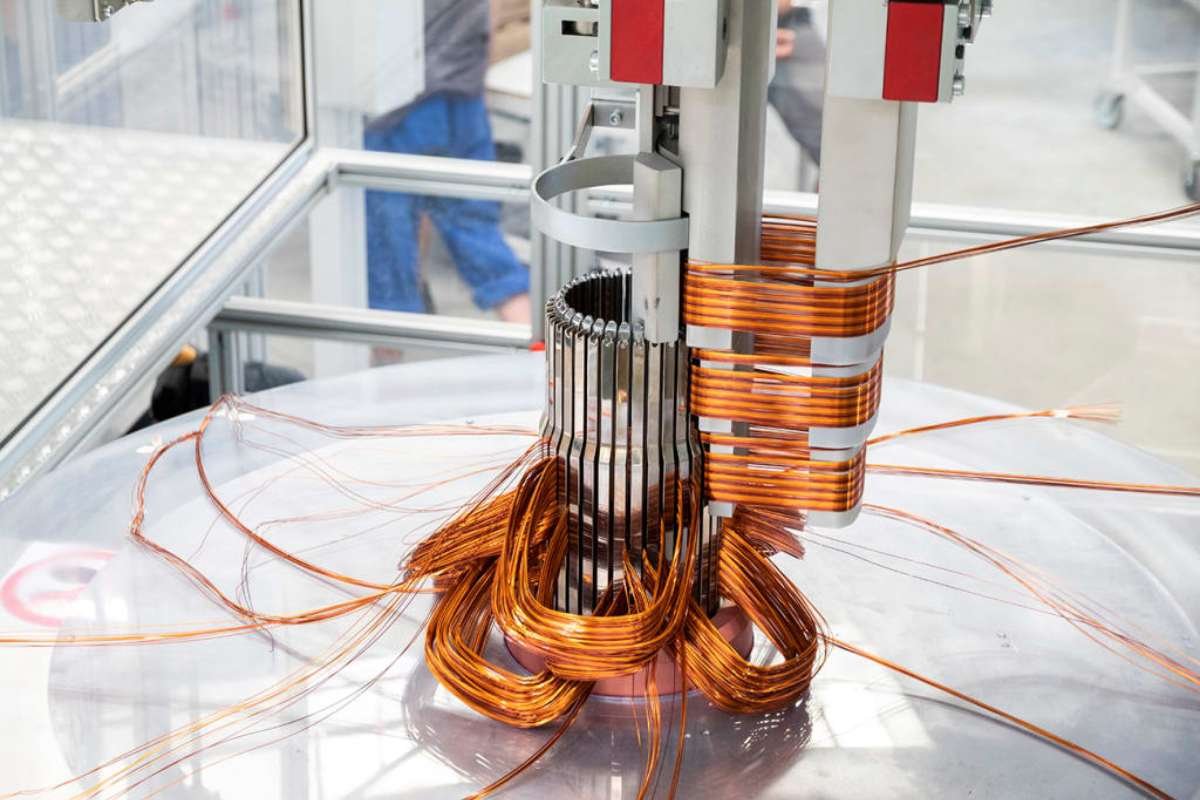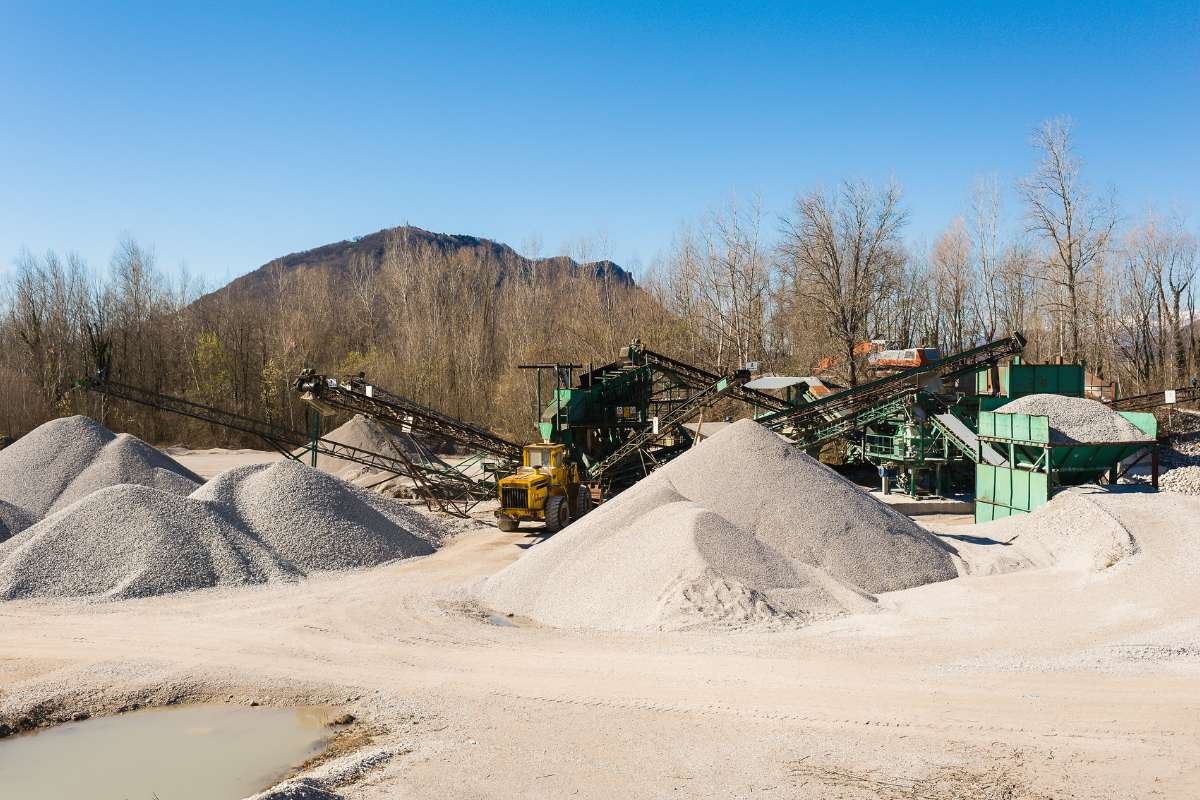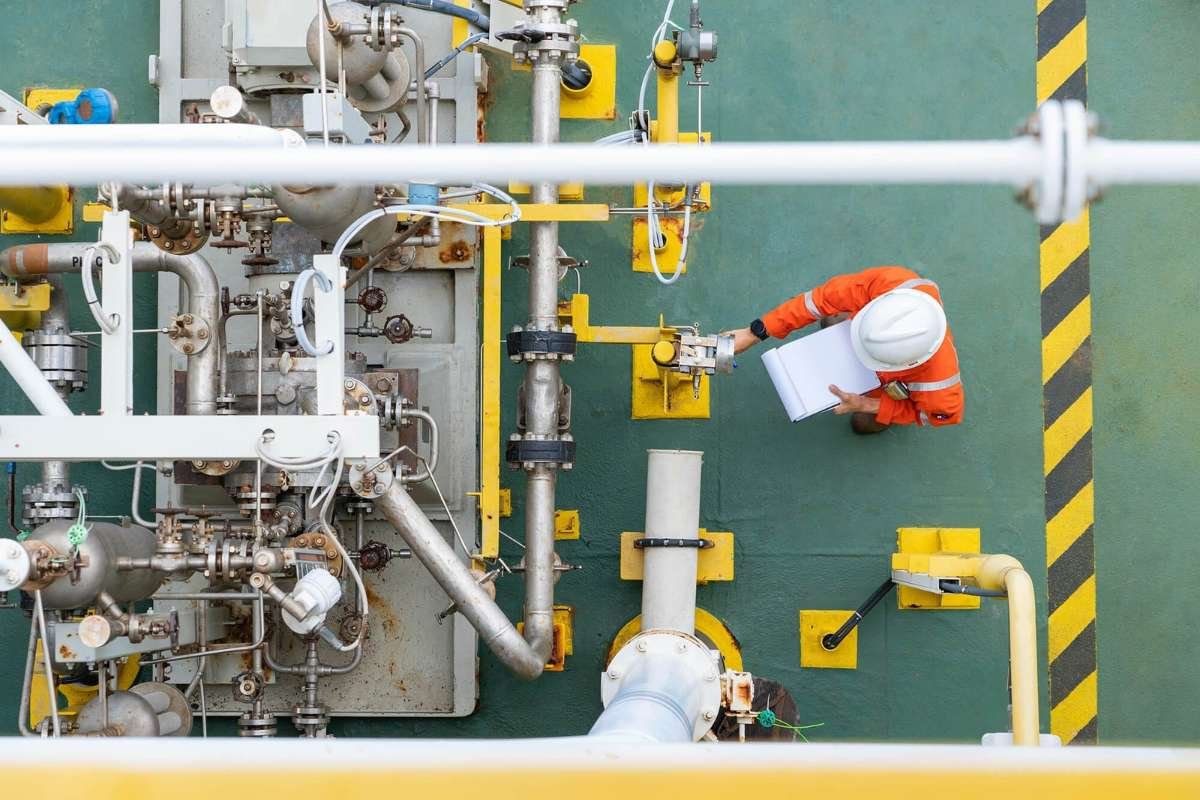Precision matters a lot in industries such as high-tech manufacturing, laboratory research, and advanced industrial processes. Some might even say it is “Paramount” for good work in these industries. The hazard is that a slight deviation in gas or liquid flow can be life-threateningly dangerous.
Precision is the only way to assure safety in these spaces. So, how do you do it? How to be precise? The answer is mass flow controllers. In this blog, we will learn how to use this machinery safely for our safety.
What is a Mass Flow Controller (MFC) and Why Are They Essential?
The simplest explanation for Mass Flow Controllers is this: An MFC is a smart device. It measures the flow of a fluid (gas or liquid) and then controls it.
It is a basic flow meter that only tells you the flow rate. An MFC has a built-in valve and computer. It measures the flow and then adjusts the valve to hit a target number.
How it Works:
Most MFCs use heat. A sensor measures how much heat the fluid carries away. More heat loss means more flow. The device then adjusts a valve to maintain the desired flow rate. It’s a constant, automatic adjustment.
Types of Mass Flow Controllers and Their Features
Now, there are three types of MFCs. Each has its own specialization and use case. Here’s what you need to know:
| MFC Type | Basics | Best Fit |
| Analog MFCs | Simple, sturdy, reliable. Tuned by hand. Uses older electrical signals. | Basic setups, tough environments, low-tech applications. |
| Digital MFCs | Smart, automated. Uses computer (PID) control. Can communicate with other systems. | Automated factory lines, modern labs, remote monitoring. |
| MEMS/CMOS MFCs | Tiny, low-power, fast. Made with advanced microchip technology. | Portable medical devices, small sensors, IoT devices. |
While these are the main three types of MFCs, there are some special Mass Flow Controllers. Some MFCs handle extremely low flows (like a few drops per minute). Others handle huge industrial volumes.
The Core Benefits of Mass Flow Controllers in Advanced Production

Now, you might wonder what the benefits of MFCs are. And if we take a look at them, there are many. MFCs are extremely important to high-precision manufacturing.
Here’s why this tech is so beneficial:
1. Superior Accuracy and Stability
MFCs measure the actual mass of the fluid, which never changes. They give you ultra-precise control, often better than pm 0.5%. They automatically adjust for pressure or temperature swings. And in doing so, it keeps your process completely stable and avoids costly errors.
2. Reduced Material Waste
Precise flow means you use only the exact amount of gas or liquid needed. Essentially, it saves you a lot of money on expensive chemicals or materials. By eliminating flow inconsistencies, MFCs ensure consistent quality and reduce wasted batches.
3. Seamless Automation and Data
Modern MFCs speak digital languages like Modbus. They connect directly to your factory computers. It lets you monitor and change flow settings remotely. The devices also log data, which is essential for quality checks and following regulations.
4. Critical for High-Tech Manufacturing
Mass flow controllers are essential for making tiny, complex things. They deliver the perfect amount of gas to build microchips without defects. In green energy, they ensure fuel cells and hydrogen systems operate safely and at their maximum efficiency.
5. Lower Maintenance Needs
Many advanced MFCs use sensors with no moving parts inside the flow stream. This design is highly reliable and rarely breaks down. You spend less time fixing equipment and more time focusing on production.
Key Limitations You Should Consider Before Choosing Mass Flow Controllers
Now, all these benefits are fine, but there are some drawbacks of Mass Flow Controllers that you must be aware of. When you want to make an educated judgment, you must weigh the pros and cons of this technology. So, here’s what this tech lacks:
1. Gas Specificity and Calibration

MFCs only work accurately for the gas they are designed for. If you change the gas, you must input a correction factor. Using the wrong factor can lead to wrong flow reading. This risk requires careful setup and often needs expensive recalibration.
2. Sensitivity to Contamination
The small channels inside the MFC are clogged easily. Dust, dirt, or oil can build up on the sensor. It immediately makes your flow readings inaccurate. Regular cleaning is necessary, which can cause process downtime and higher maintenance costs.
3. Limitations with Certain Fluids
Thermal MFCs struggle with gases that change composition, like natural gas. They also perform poorly if moisture condenses inside the unit. Using corrosive fluids requires expensive, specialized materials. They are not ideal for dirty or varying media.
4. Cost and Installation Factors
MFCs are advanced instruments, so the initial cost is high. They are much more expensive than simple manual valves. Additionally, many require a 30-minute warm-up time before measuring accurately. They can also cause a pressure drop in your line.
Major Industrial and Scientific Applications of Mass Flow Controllers
Now that we know their benefits and drawbacks, let’s check out where MFCs are actually used.
Here are 4 real-world applications of MFCs:
1. Semiconductor Manufacturing (Chip Fabrication)

MFCs are absolutely critical for microchip development. They precisely control the flow of various process gases (like silane or dopants) into the reaction chambers. This extreme precision ensures that layers deposited onto silicon wafers are uniform and defect-free at the atomic level. Without mass flow controllers, we could not mass-produce modern, powerful microprocessors.
2. Bioreactors and Fermentation
In the pharmaceutical and biotech industries, living cells are grown in large tanks called bioreactors. MFCs manage the aeration by controlling the amount of oxygen, nitrogen, and carbon dioxide injected into the tank. This precision ensures the optimal growth environment for the cells, maximizing the yield and quality of life-saving drugs or vaccines.
3. Green Hydrogen and Fuel Cells
MFCs play a crucial role in the safety and efficiency of green energy. They precisely regulate the flow of hydrogen and oxygen into a fuel cell stack to generate electricity. They also control the gas input for electrolyzers used to produce pure hydrogen. This control ensures maximum power output and prevents hazardous gas mixtures.
4. Gas Chromatography (GC)
Gas chromatography is a technique used in labs to separate and analyze complex chemical mixtures. MFCs are used to control the flow of the carrier gas (like helium or nitrogen) through the GC column. Maintaining a stable flow rate is essential to get an accurate reading. The repeatable separation times are important for identifying compounds in the sample.
How to Choose the Right Mass Flow Controller for Your Application?
Picking the right one ensures success. You must match the MFC’s features to your needs.
Must-Check List:
- Flow Range: Can it handle your lowest and highest required flows?
- Accuracy: How precise do you need to be? (Often ±0.5% is standard).
- Response Time: How quickly must it change the flow rate?
- Fluid Compatibility: Will the fluid (gas or liquid) damage the MFC’s internal materials?
- Easy Installation: Look for omnidirectional Mass Flow Controllers. You can install them in any position—up, down, or sideways—without losing accuracy. This simplifies pipe installation.
- Supplier Advice: Research companies carefully. Look at customer reviews. Make sure the MFC connects easily to your existing control system.
How to Install and Maintain Mass Flow Controllers for Optimal Performance?

Now that we know the benefits, drawbacks, types, and uses of MFCs, let’s learn how to install them. Remember, a great MFC needs a great setup.
So, here’s how you can do it:
- Read the Manual: Always follow the manufacturer’s setup instructions. Check if the device needs to be certified for your area.
- Calibration is Key: MFCs are tuned for a specific gas (e.g., Nitrogen). If you switch gases, you must use a correction factor. Check your calibration regularly to keep everything accurate.
- Check for Leaks: Always test your system for leaks before turning on the process fluid. This saves money and ensures safety.
- Use Alerts: Connect the MFC to a computer system. Set up alarms to warn you if the flow rate ever goes off-target. Troubleshooting Common Issues with Modern Mass Flow Controllers.
- Recognizing symptoms: inaccurate readings, flow oscillation, device failure.
But installing MFC also comes with timely repair work. It is important to learn the basics of fixing a couple of MFC problems so that you don’t have to pay for it every time.
Here’s what every issue means and how you can resolve it on your own.
Bad readings often indicate the gas has changed or the sensor is dirty. You might need recalibration for accuracy. Wobbly flow usually comes from an unstable supply pressure. It can also be caused by the controller adjusting too quickly. Remember, gas changes matter. If the gas type, pressure, or temperature shifts, the old settings are wrong.
You must recalibrate or use a correction factor. Modern digital mass flow controllers offer great help. They have built-in diagnostics to pinpoint the problem. Use remote tools to check the device and reduce costly downtime.
Conclusion:
Precision is not just a nice-to-have; it’s a safety necessity in high-tech industries. The Mass Flow Controllers (MFC) is the tool that delivers this perfect accuracy. It moves us past guessing and manual adjustments. MFCs ensure that processes run stably, saving expensive materials and preventing dangerous deviations. Choosing the right type and installing it correctly ensures long-term reliability.
While MFCs have drawbacks, such as cost and fluid limitations, the benefits far outweigh them. They are essential for automated manufacturing, critical research, and quality control. Mastering the use and troubleshooting of your mass flow controllers guarantees a safer, more efficient, and more profitable operation.
FAQs
1. What’s the main difference between a flow meter and an MFC?
A flow meter only measures fluid flow. An MFC measures the flow and then automatically adjusts its internal valve to keep the flow rate exactly at your chosen target number.
2. Why are Mass Flow Controllers calibrated for specific gases?
Thermal MFCs rely on a gas’s unique ability to carry heat. Because different gases transfer heat differently, the MFC must be precisely tuned to the specific gas for truly accurate flow measurements.


















